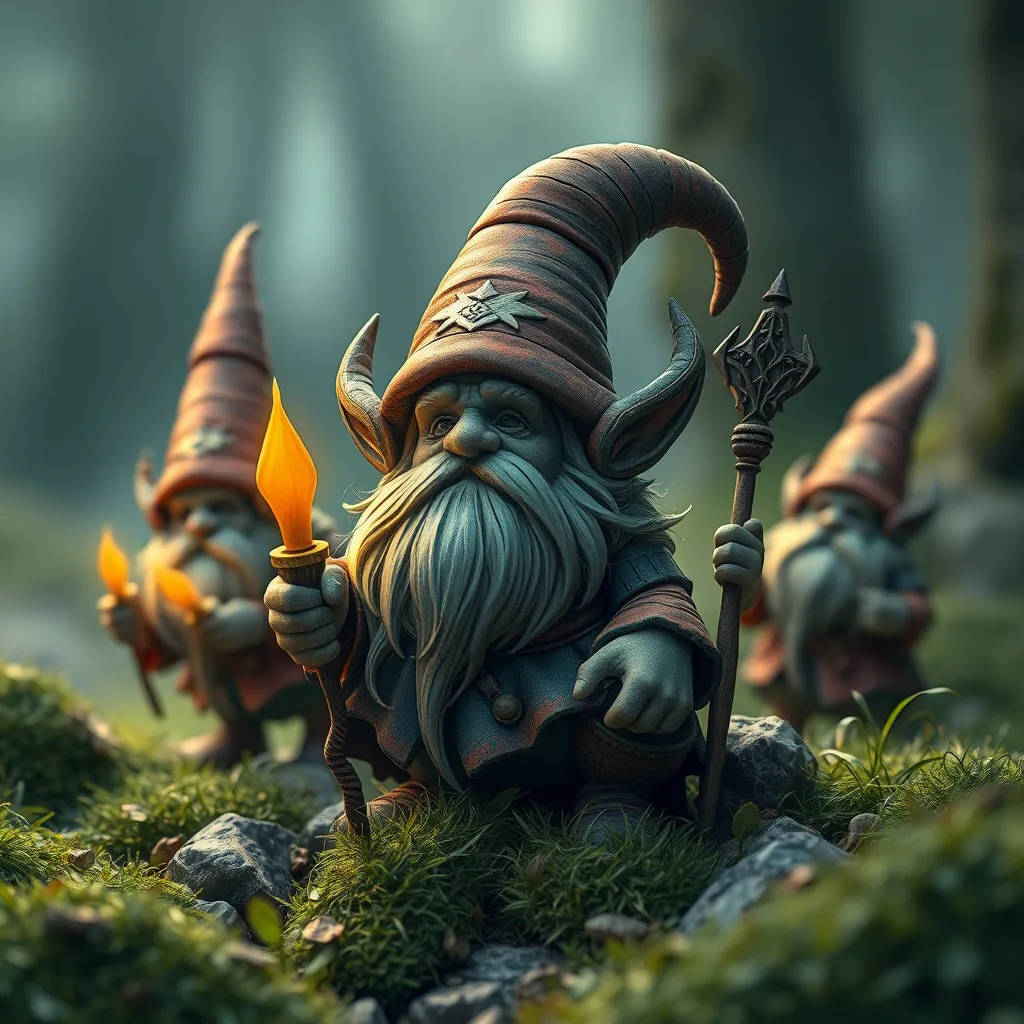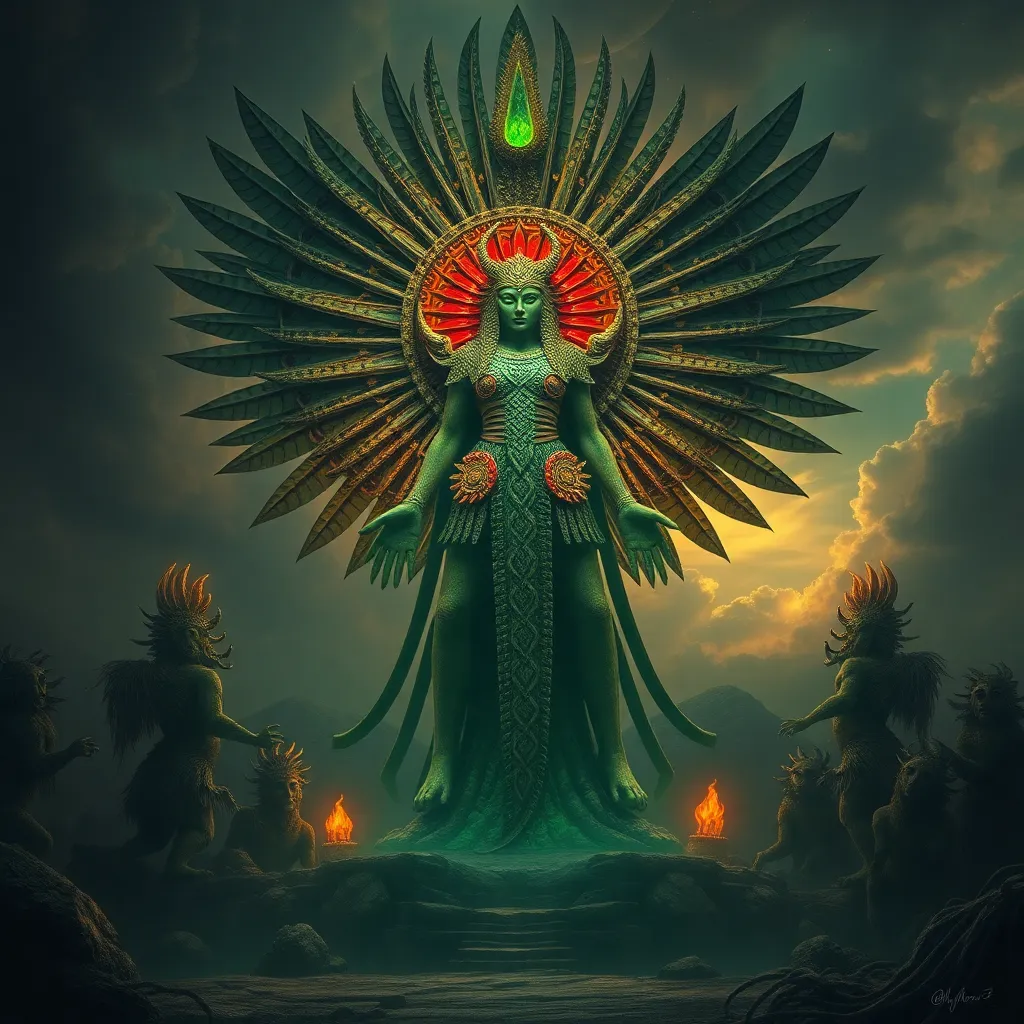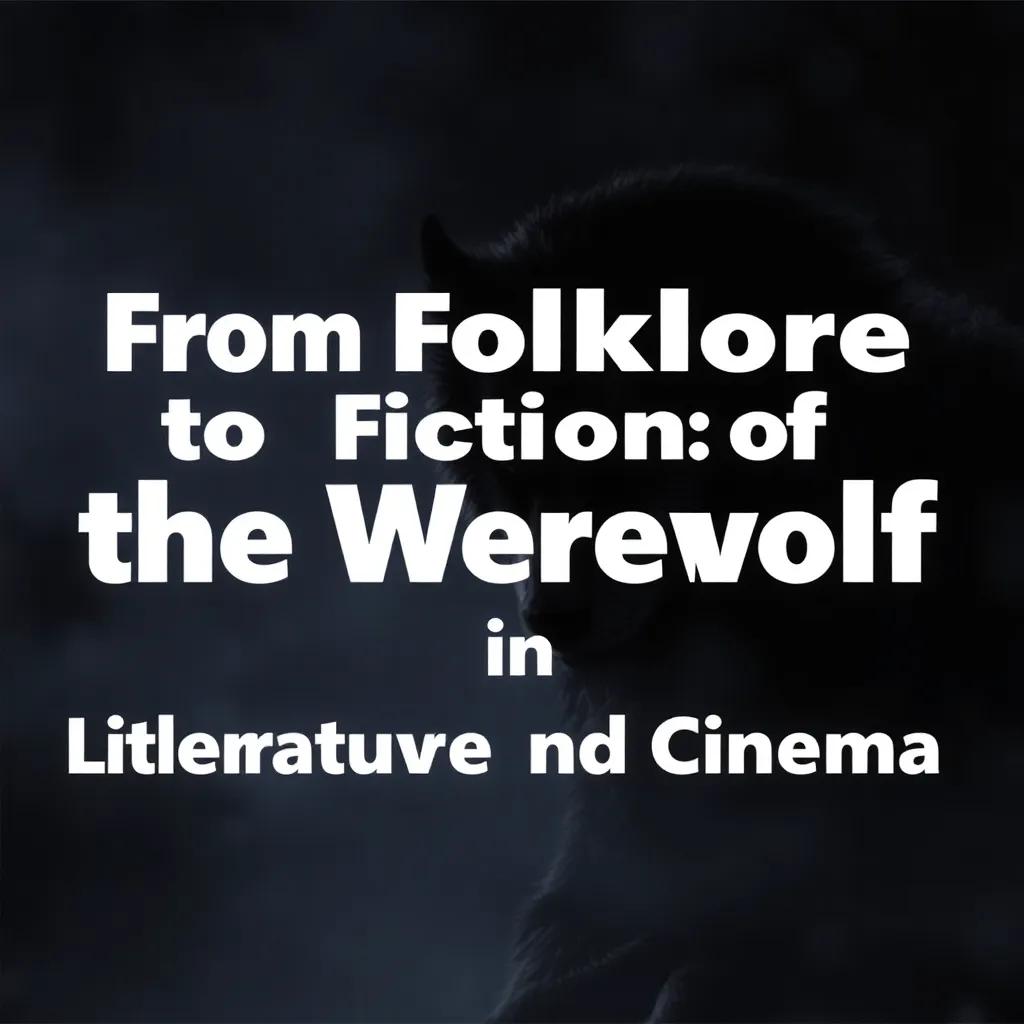The Power of Gnome Legends: Exploring Their Role in Storytelling and Mythology
I. Introduction
Gnome legends are rich narratives steeped in folklore and mythology, featuring diminutive, often mischievous beings that inhabit the natural world. These legends have their origins in various European cultures, particularly in Germanic and Scandinavian traditions, where gnomes were believed to be protectors of treasures hidden deep within the earth.
The importance of gnomes in cultural narratives cannot be overstated; they serve as symbols of nature, guardians of the earth, and embodiments of human fears and aspirations. Gnome stories often explore themes of morality, community, and the delicate balance between humanity and the natural world.
This article aims to delve into the historical context, symbolism, cultural representations, and the enduring appeal of gnome legends, highlighting their significance in storytelling and mythology.
II. Historical Context of Gnome Legends
A. Early References and Folklore
The earliest references to gnome-like creatures can be traced back to ancient texts and folklore. In European mythology, particularly in the writings of Paracelsus during the Renaissance, gnomes were described as elemental beings of the earth. They were depicted as small, human-like creatures who dwelled underground, guarding precious minerals and treasures.
B. Evolution of Gnome Mythology Through the Ages
As centuries passed, gnome mythology evolved significantly. During the 19th century, the Romantic movement popularized tales of gnomes, integrating them into fairy tales and children’s literature. This period saw gnomes transformed from shadowy figures of folklore into endearing characters often depicted in gardens and children’s stories.
C. Influence of Regional Variations on Gnome Legends
Regional variations greatly influenced gnome legends across Europe. For example, in Scandinavian cultures, gnomes are often associated with the farmstead and are believed to bring good fortune to the household. In contrast, Germanic traditions emphasize their role as guardians of the earth’s riches. These regional differences enrich the tapestry of gnome mythology, offering diverse perspectives on their roles and characteristics.
III. Symbolism and Characteristics of Gnomes
A. Common Traits and Behaviors of Gnomes
Gnomes are typically characterized by their small stature, pointed hats, and long beards. They are often portrayed as wise, clever, and somewhat mischievous beings. Common behaviors attributed to gnomes include:
- Guarding treasures
- Playing tricks on humans
- Helping or hindering farmers
B. Symbolic Meanings Associated with Gnomes
Gnomes symbolize various aspects of life and nature. They are often viewed as:
- Protectors of the earth and its resources
- Representatives of wisdom and knowledge
- Emblems of good fortune and prosperity
C. Gnomes as Guardians of Nature and Wealth
In many cultures, gnomes are seen as guardians of nature, ensuring the balance of ecosystems. They are also considered custodians of wealth, often depicted as protectors of hidden treasures beneath the earth, linking them closely with the themes of resource management and environmental stewardship.
IV. Gnomes in Literature and Popular Culture
A. Gnome Representation in Classic Literature
Gnomes have made notable appearances in classic literature, often serving as symbols of wisdom and guardianship. Works such as the Brothers Grimm fairy tales feature gnome-like characters who assist protagonists or serve as wise old mentors.
B. Modern Adaptations in Film and Media
In contemporary culture, gnomes have found their place in various forms of media. Animated films like “Gnomeo & Juliet” and “Sherlock Gnomes” present gnomes in humorous and adventurous roles, appealing to family audiences and bringing a modern twist to traditional lore.
C. The Role of Gnomes in Fantasy Genres
In modern fantasy literature and gaming, gnomes are often depicted as inventive and resourceful characters, contributing to the rich tapestry of fantasy worlds. They frequently serve as engineers, alchemists, or magical beings, showcasing their versatility and adaptability in storytelling.
V. Gnome Legends in Different Cultures
A. European Gnome Myths
European myths around gnomes vary widely, with notable examples including:
- German “Erdmännchen” – small, earth-dwelling creatures who protect the soil.
- Scandinavian “Nisse” – household spirits that assist in farming but require offerings of porridge.
B. Comparisons with Similar Mythological Creatures Worldwide
Globally, gnomes share similarities with various mythological creatures:
- Dwarves in Norse mythology, known for their craftsmanship and mining skills.
- Brownies in Scottish folklore, helpful household spirits.
C. Gnomes in Contemporary Storytelling Across Cultures
Today, gnomes appear in diverse narratives around the world, reflecting local beliefs and practices. They feature prominently in garden decor, children’s toys, and literature, bridging the gap between ancient folklore and modern sensibilities.
VI. The Role of Gnome Legends in Moral and Ethical Lessons
A. Lessons Conveyed Through Gnome Tales
Gnome legends often convey important moral lessons, such as:
- The value of hard work and perseverance.
- The importance of respecting nature and its resources.
- Lessons on generosity and community support.
B. Gnomes as Archetypes in Teaching Values
Gnomes serve as archetypes in many stories, embodying virtues such as:
- Wisdom in decision making.
- Kindness in community interactions.
- Resourcefulness in overcoming challenges.
C. The Impact of Gnome Legends on Community Beliefs
These stories often help shape community beliefs and practices, reinforcing values that promote harmony and stewardship of the environment. They can inspire collective action toward sustainability and community support.
VII. The Enduring Appeal of Gnome Legends
A. Reasons for Continued Interest in Gnome Stories
The fascination with gnome stories continues due to their whimsical nature and the moral lessons they impart. Gnomes represent a connection to the earth and nature, appealing to our innate curiosity about the world around us.
B. Gnomes in Modern-Day Art and Craft
Gnome imagery thrives in contemporary art and craft, with garden gnomes becoming beloved symbols of home and hospitality. Artists often use gnome motifs to evoke nostalgia and whimsy in their creations.
C. The Future of Gnome Legends in Storytelling
As storytelling evolves, gnome legends are likely to adapt to modern themes while retaining their core values. With the rise of digital media and interactive storytelling, gnomes may find new platforms to engage audiences and share their timeless tales.
VIII. Conclusion
A. Summary of Key Points
Throughout history, gnome legends have played a vital role in storytelling, serving as symbols of nature, wisdom, and moral integrity. Their presence in literature, folklore, and popular culture highlights their enduring appeal across generations.
B. The Importance of Preserving Gnome Legends
Preserving gnome legends is crucial for maintaining cultural heritage and fostering a connection to our natural environment. These stories remind us of the values we hold dear and the lessons nature teaches us.
C. Invitation to Explore and Share Gnome Stories Further
As we continue to engage with gnome legends, we invite readers to explore and share their own stories. Whether through literature, art, or personal anecdotes, gnome tales can enrich our understanding of the world and inspire future generations.



